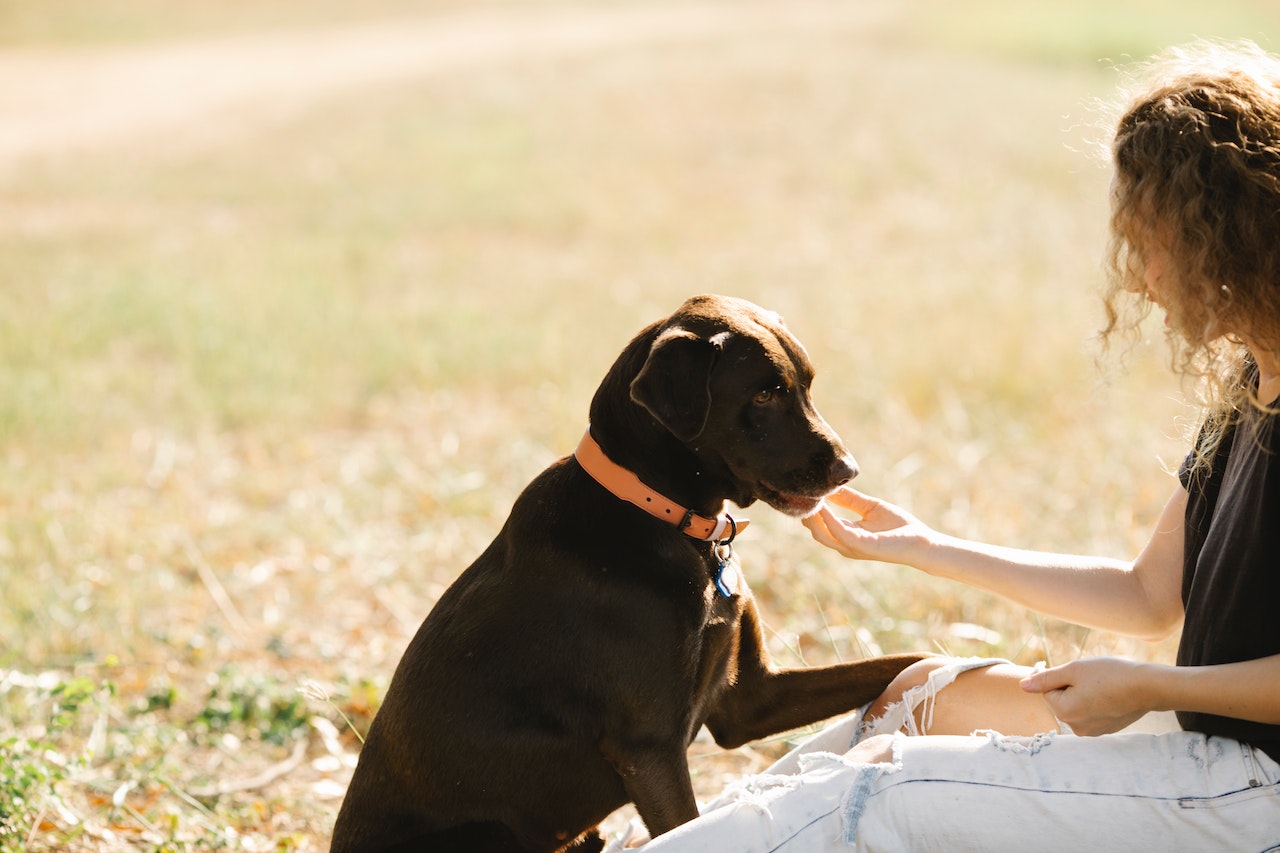How to Get Puppy to Stop Biting Leash
Are you struggling with a Labrador puppy that won’t stop biting the leash? Don’t worry, I’m here to help! In this article, I’ll share some effective techniques for training your puppy to stop this behavior in just 7 days.
Leash biting is a common issue among puppies, and it’s important to address it early on to prevent it from becoming a habit. One method you can try is redirection. Whenever your puppy starts biting the leash, quickly offer them an appropriate chew toy or treat as an alternative. This helps teach them what they can and cannot bite on during walks.
Consistency is key when training your Labrador. Make sure everyone in your household follows the same rules and uses the same techniques. Reinforce positive behavior by praising and rewarding your puppy when they walk calmly beside you without biting the leash.
Additionally, consider using a no-pull harness or head halter during training sessions. These tools provide better control over your puppy’s movements and discourage them from pulling or biting on the leash.
By implementing these strategies consistently over a period of 7 days, you’ll see significant improvements in your Labrador’s leash-biting behavior. Remember to be patient and remain consistent throughout the process – with time and effort, both you and your furry friend will enjoy stress-free walks together!
Understanding the Reasons Behind Leash Biting
When it comes to leash biting, understanding the reasons behind this behavior is crucial in effectively addressing and training your Labrador puppy. Here are a few key factors to consider:
- Teething: Puppies, just like human babies, go through a teething phase where their gums can be sore and itchy. Chewing on the leash provides them with relief and helps soothe their discomfort.
- Exploration and Play: Puppies have an innate curiosity and love to explore their surroundings. Biting the leash may simply be their way of investigating this new object or engaging in play.
- Attention Seeking: Dogs are social creatures that crave attention from their owners. If your puppy realizes that biting the leash leads to you paying attention or reacting, they may continue doing so as a means to get your focus.
- Anxiety or Stress: Some puppies resort to leash biting when they feel anxious or stressed during walks or unfamiliar situations. This behavior acts as a coping mechanism for them.
- Lack of Proper Training: A lack of proper training or guidance can contribute to leash biting behavior in puppies. They may not understand that this behavior is unacceptable if it hasn’t been consistently addressed from the beginning.
To effectively tackle leash biting in your Labrador puppy, it’s important to address these underlying reasons while implementing appropriate training techniques:
- Provide suitable chew toys for teething puppies to redirect their chewing impulses away from the leash.
- Engage your puppy in interactive play sessions before walks to expend energy and reduce their desire for mischief.
- Use positive reinforcement techniques such as treats and praise when your puppy exhibits desired behaviors while walking on the leash.
- Gradually desensitize your pup to wearing a harness or collar by introducing them slowly and rewarding calm behavior.
- Seek professional help from a dog trainer if anxiety or stress appears to be contributing significantly to the leash biting behavior.
Remember, consistency, patience, and positive reinforcement are key to successful training. With time and dedication, you can help your Labrador puppy overcome leash biting and develop into a well-behaved companion on walks.
